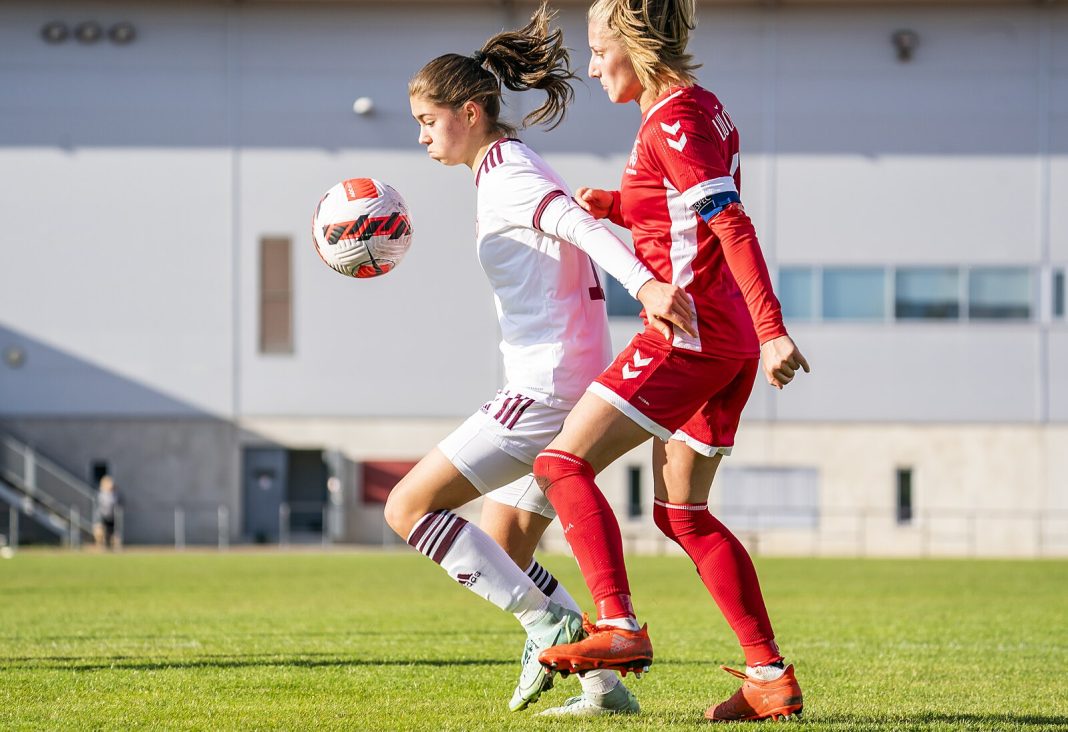The women’s game has been ever-growing, in the UK and elsewhere, especially since the Lionesses’ win in the 2022 Euros. From sold-out stadiums and wider broadcasting to grassroots campaigns, the growth of the game has been magnificent. But with an increase in popularity and awareness, underlying issues have surfaced, and they need to be addressed.
At the club level, there are astonishing disparities.The clubs at the top soar high; we can see the increasing attendances in the Super League when we see a sold-out Emirates for Arsenal, and when Chelsea play world champions Barcelona at home. But the heights of these clubs obscure the lows of others. Take the case of Reading Women FC.
Reading, in the 2022/23 season, played in the Women’s Championship, just below the Women’s Super League. Notable players who have played for Reading include Fara Williams, Fran Kirby, and Golden Glove winner Mary Earps. However, in the summer of 2023, the club released a statement revealing they had withdrawn from the Championship for the 2024/25 season, subsequently dropping the women’s first team to Tier 5. The club revealed that this decision was taken due to a basic lack of funds. This is the harsh reality for many women’s clubs, and it’s the players who suffer for it. Not only has financial disparity had an effect on clubs in the lower tiers, but even those within the WSL.
Look at Manchester United. With the likes of Ella Toone and her lovely chipped goal in the Euros final, and with the team advancing to the UWCL group stages in the 2022/23 season, the women’s team looked to be in a healthy spot. But in the summer of 2023, it was announced that the women’s team was to be moved into portable buildings whilst the men’s team moved into the women’s facilities as theirs were being ‘revamped’. It was a simple but clear signal; women’s football ‘isn’t football’. They were less important than the men, and so had to make do; a story far too familiar for women in general.
On the international stage, it has become increasingly obvious that women’s teams are not afforded the same facilities and finances as the men’s. During the women’s World Cup 2023, the South Africa women’s team launched a fundraising campaign to cover the cost of their preparations, claiming that the federation had withheld bonus payments due to them. This, for a team that would ultimately finish in the Round of 16. If such institutional differences plague even the top teams, what can the others expect for the sport they love?
Even the health of players hasn’t been left untouched. With growth comes the desire of clubs to chase ever-larger profits, causing clubs to push their players harder and for longer. The increased number of matches have resulted in widespread injury concerns. In particular, ACL tears are a growing concern; women seem to be especially susceptible to them, which may be compounded by poor boot design. There weren’t even boots designed for female feet until the Phantom Luna!
Nevertheless, no one could have expected the exponential increase in ACL injuries. In total, 37 players would miss the 2023 World Cup as a result of them, including players like England captain Leah Williamson, Euros Golden Boot winner Beth Mead, and all-time leading goal scorer for the Netherlands, Vivianne Miedema.The rise in injuries is blamed on the increase in matches players play, but there’s simply very little research on why female players are more prone to ACL injuries. Is it boots only? Is it hormones? There seems to be muted interest in finding out. The growth of the women’s game threatens to cannibalise itself; it cannot afford to keep injuring its best players if it wants to keep going further.
The growth of the women’s game should have happened long ago, and we happily welcome it. But changes are needed to ensure the sustainability of the game. When players themselves speak out against their federations, when players speak out against the pressure, when players worry that they may not have a career anymore, it is clear that the game is in need of reform. More must be done to ensure both the physical and mental wellbeing of players are as good as they can be, and that football is made to work for the players and the fans.


